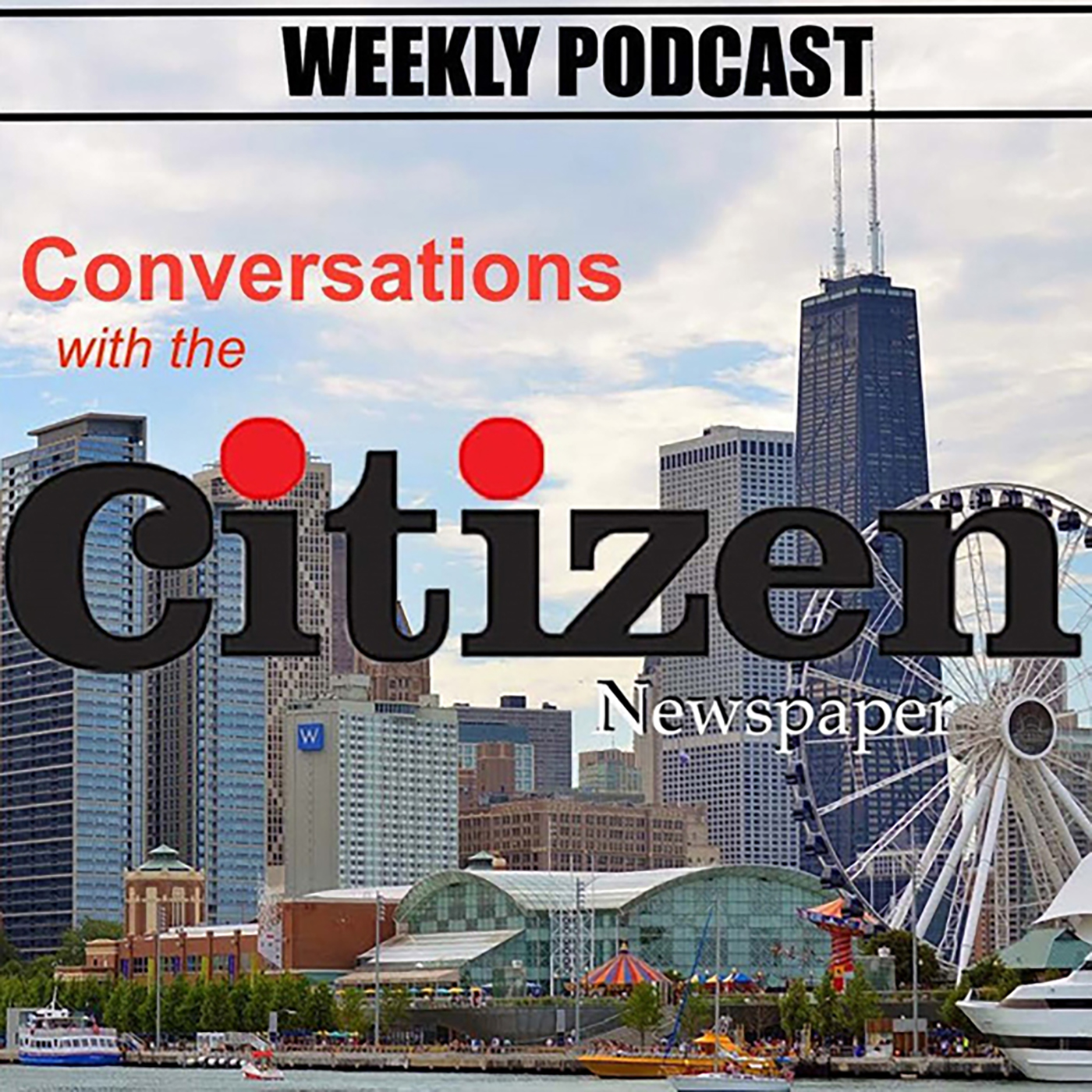Unlocking the Power of the Brain – The Three-Pound Command Center
Unlocking the Power of the Brain – The Three-Pound Command Center
In a world where technology and medicine constantly evolve, one of the most fascinating frontiers remains right inside our heads — the human brain. Weighing in at just about three pounds and with a consistency similar to firm jelly, this compact organ is the epicenter of thought, memory, emotion, and life-sustaining functions.
Three Parts, One Purpose
The brain is made up of three major parts, each playing a critical role in how we function:
- Cerebrum: The largest section, filling most of the skull, is responsible for thinking, remembering, problem-solving, and movement. It's the command center of higher cognitive function.
- Cerebellum: Tucked under the cerebrum at the back of the head, this structure coordinates movement and balance, making everyday activities like walking and writing possible.
- Brain Stem: Located at the base, connecting the brain to the spinal cord, the brain stem controls automatic bodily functions such as breathing, digestion, heart rate, and blood pressure.
A Lifeline of Blood
To fuel its intense activity, the brain relies on an extensive network of blood vessels. At peak effort, such as during deep concentration, the brain can use up to 50 percent of the body’s fuel and oxygen. With each heartbeat, up to 25 percent of your blood is pumped into this vital organ, delivering nutrients via arteries, veins, and capillaries.
Thinking Wrinkles: The Cortex
The outermost layer of the cerebrum, known as the cortex, is responsible for many complex functions. It’s where sensations are interpreted, visual and auditory data are processed, and thoughts and memories are formed. Scientists have mapped out the cortex into regions that specialize in different tasks — from controlling voluntary movements to storing long-term memories.
Left vs. Right: The Hemispheres
The brain is divided into two hemispheres. While popular culture often speaks of "left-brain" logic and "right-brain" creativity, science is still unraveling the true distinctions. What we do know: the left hemisphere typically handles language and controls the right side of the body, while the right hemisphere governs the left side and may play a role in spatial awareness and artistic ability.
Inside the Neuron Forest
Within this remarkable organ lies the neuron forest — an intricate web of about 100 billion nerve cells connected by more than 100 trillion synapses. These connections are the foundation of memory, thought, and emotion. Signals travel through neurons via tiny electrical charges and jump across synapses using chemical messengers called neurotransmitters.
Alzheimer's disease disrupts this delicate signaling process, damaging cells and impairing both electrical and chemical communication in the brain.
Code of Consciousness
Our thoughts, memories, and identities are encoded in patterns of activity among neurons. Each experience subtly reshapes the brain, strengthening or weakening synaptic connections. This dynamic rewiring is what allows us to learn, adapt, and grow over time.
Advanced imaging, such as positron emission tomography (PET) scans, now lets researchers observe brain activity in real-time, providing valuable insights into how we process language and ideas — and what changes during the onset of Alzheimer’s.
Lionell Martin, Alzheimer’s Association Illinois Chapter, Phone: 773.593.4211
Email: lrmartin@alz.org
About the Alzheimer's Association
The Alzheimer’s Association is a worldwide voluntary health organization dedicated to Alzheimer’s care, support and research. Our mission is to lead the way to end Alzheimer's and all other dementia — by accelerating global research, driving risk reduction and early detection, and maximizing quality care and support. Our vision is a world without Alzheimer's and all other dementia®. Visit alz.org or call 800.272.3900.
Latest Stories
- Reminder: Taxes are due December 15, 2025. Pay now to avoid late fees. Struggling financially? Our Payment Plan Calculator is a tool you can use
- TWO GOVERNMENTS TO FORMALIZE HISTORIC PARTNERSHIP IN ADDRESSING MENTAL HEALTH CRISIS DURING THE HOLIDAY SEASON
- Trump's Policies Negatively Target Women
- Assessor Kaegi, South and West Side Community Leaders Urge Legislature to Pass Property Tax Relief, Condemn Board of Review's Large Breaks for Downtown Commercial Properties
- State Farm and The Salvation Army Launch National Donation Drive to Support Families This Holiday Season
Latest Podcast
Stacy Davis Gates

